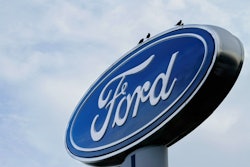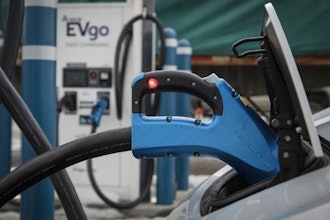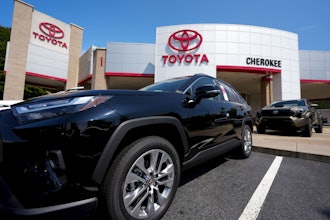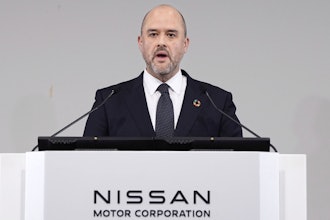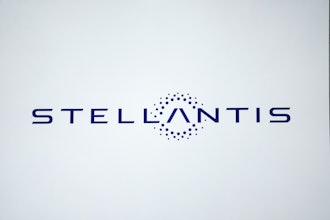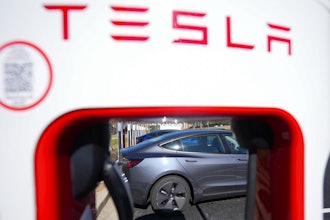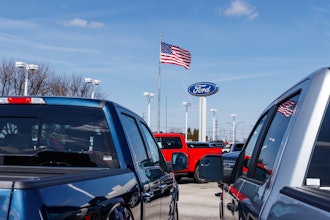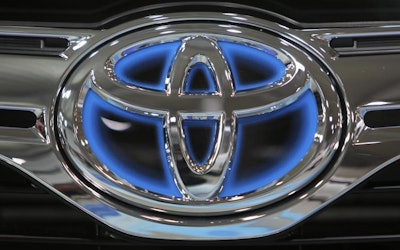
Toyota and two other Japanese industrial giants hope that an agreement with local governments will generate a low-carbon supply of hydrogen for fuel cell vehicles.
The vehicle maker this week unveiled the details of a public-private partnership that includes Toshiba Corp., Iwatani Corp. and the governments of Yokohama, Kawasaki and Kanagawa Prefecture.
Hydrogen fuel cells combine hydrogen gas with oxygen in the air to power vehicles while leaving only water as exhaust. Japan hopes to build a “hydrogen society” -- the government’s environmental ministry will also provide support for the partnership -- but the technology faces several hiccups.
A lack of hydrogen fueling stations limited the appeal of fuel cell vehicles to car buyers, while critics contend that the power needed to produce hydrogen gas effectively cancels out its environmental benefits.
"A stable supply of CO2-free hydrogen is needed," Toyota executive Shigeki Tomoyama told the Associated Press on Monday.
Under the partnership, electricity generated by a Yokohama wind power plant would power a Toshiba water electrolysis system to isolate hydrogen from water.
Compressed hydrogen would then be transported in Iwatani fueling trucks to four sites -- a factory, two warehouses and a produce market -- where it would power Toyota's fuel cell forklifts.
Toyota officials said that the wind-generated hydrogen is expected to curb carbon dioxide emissions by at least 80 percent compared to conventional grid energy or to gasoline-powered forklifts.
 (AP Photo)
(AP Photo)





